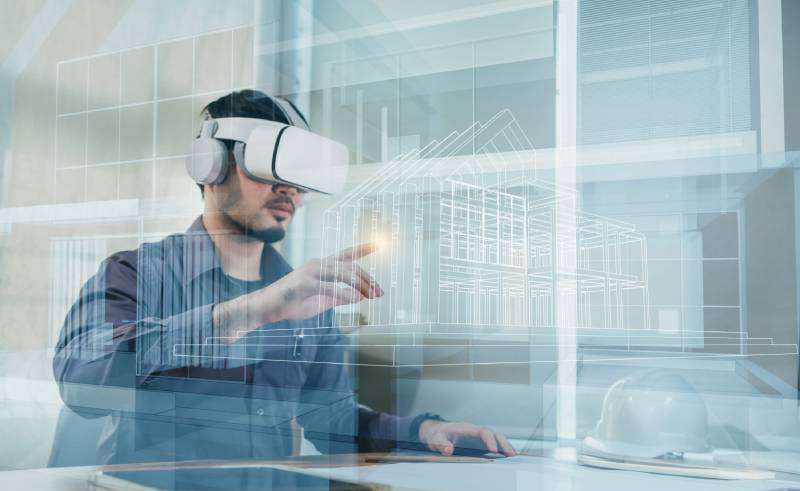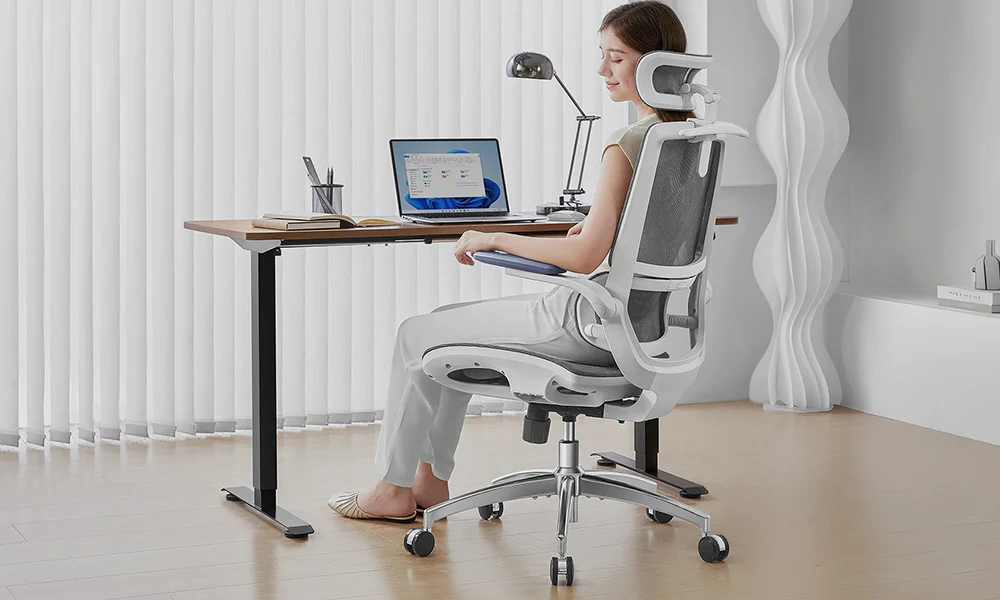
The field of architecture is evolving rapidly, driven by technological advancements that improve efficiency, accuracy, and sustainability. From digital design tools to smart building solutions, modern architects leverage cutting-edge innovations to enhance both the design and construction processes.
Stendel + Reich architects integrate the latest technologies to create high-performance structures tailored to the needs of industries such as commercial, industrial, and retail architecture. These advancements help architects deliver more precise, cost-effective, and environmentally friendly solutions.
Below are some of the most influential technologies transforming the architectural industry today.
1. Building Information Modeling (BIM)
What It Is:
BIM is a digital representation of a building’s physical and functional characteristics. It allows architects, engineers, and contractors to collaborate in real-time on a shared platform.
How It’s Changing Architecture:
- Reduces design errors by detecting conflicts before construction begins.
- Enhances project coordination by integrating structural, electrical, and mechanical systems.
- Supports sustainable design by analyzing energy efficiency and material use.
2. 3D Printing in Architecture
What It Is:
3D printing enables architects to create scale models and even full-scale building components using advanced materials.
Key Benefits:
- Speeds up prototype development for better visualization.
- Reduces material waste, making projects more eco-friendly.
- Allows for complex designs that are difficult to achieve with traditional methods.
3. Artificial Intelligence (AI) and Machine Learning
What It Is:
AI-powered software analyzes data to improve architectural design and optimize building performance.
How It’s Used:
- AI predicts structural weaknesses, helping prevent costly mistakes.
- Machine learning algorithms generate optimized floor plans based on efficiency and user behavior.
- AI-driven smart buildings adjust lighting, temperature, and security systems automatically.
4. Virtual Reality (VR) and Augmented Reality (AR)
What It Is:
VR and AR allow architects to create immersive design experiences, enabling clients and stakeholders to explore projects before construction begins.
Applications in Architecture:
- Clients can walk through 3D virtual models of buildings.
- AR overlays digital designs onto real-world sites for better planning.
- VR enhances architectural training and education by simulating real-world construction environments.
5. Smart Materials and Sustainable Innovations
What It Is:
Smart materials are engineered to respond to environmental conditions, improving energy efficiency and durability.
Examples of Smart Materials:
- Self-healing concrete repairs cracks automatically, reducing maintenance costs.
- Electrochromic glass adjusts transparency to control natural light and reduce heat gain.
- Photovoltaic building materials generate solar energy directly from walls and windows.
6. Drone Technology in Architecture
What It Is:
Drones provide aerial surveys and real-time site monitoring, improving data collection and design accuracy.
Benefits of Using Drones:
- Captures high-resolution imagery for land surveys.
- Improves construction site monitoring for safety and progress tracking.
- Reduces time and labor costs by automating site inspections.
7. Prefabrication and Modular Construction
What It Is:
Prefabrication involves constructing building components off-site before assembling them on location, reducing construction time and costs.
Why It’s Effective:
- Increases speed of construction by minimizing on-site delays.
- Reduces waste and resource consumption for a greener building process.
- Enhances quality control by manufacturing components in a controlled environment.
Conclusion
The future of architecture is being shaped by technology-driven innovations that improve efficiency, precision, and sustainability. Stendel + Reich architects leverage these advancements to deliver state-of-the-art designs across industrial, commercial, and retail projects.
By integrating BIM, AI, VR, smart materials, and automation, architects can streamline workflows, reduce costs, and enhance building performance. As technology continues to evolve, the possibilities for innovative and intelligent architecture will only expand further.























